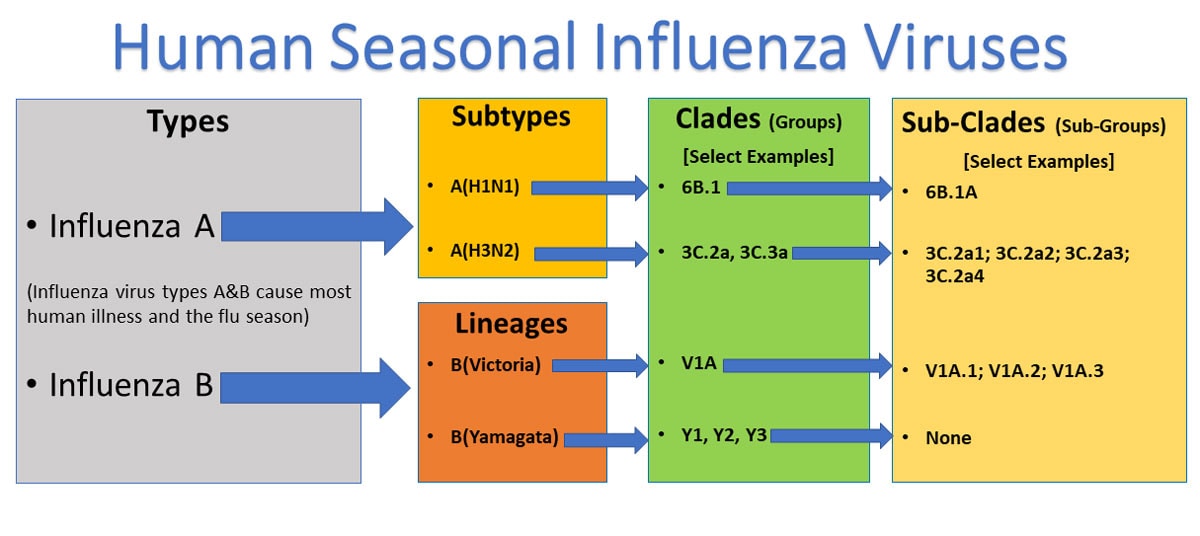Overview
Illness anxiety disorder, sometimes called hypochondriasis or health anxiety, is worrying excessively that you are or may become seriously ill. You may have no physical symptoms. Or you may believe that normal body sensations or minor symptoms are signs of severe illness, even though a thorough medical exam doesn’t reveal a serious medical condition. Even after medical tests show no problems, people with hypochondriasis have trouble focusing on anything other than worrying about being very sick. Their persistent health worries can interfere with their relationships, careers and lives. You may be more familiar with the term hypochondria or health anxiety. Healthcare providers now use the term illness anxiety disorder.
Illness anxiety disorder (hypochondria) is extremely rare. It typically appears during early adulthood. Illness anxiety disorder is a chronic (ongoing) condition. You may go through periods where you have little or no health anxiety — and then it returns. You can take steps to keep illness anxiety disorder symptoms in check.
Symptoms
Symptoms of hypochondria include:
- Avoiding people or places due to worry about catching an illness.
- Constantly researching diseases and symptoms.
- Exaggerating symptoms and their severity (for instance, a cough becomes a sign of lung cancer).
- High level of anxiety about personal health.
- Obsession with usual body functions, like your heart rate.
- Oversharing your symptoms and health status with others.
- Repeatedly checking for signs of illness, like taking your blood pressure or temperature.
- Seeking reassurance from loved ones about your symptoms or health.
- Uneasiness with healthy body functions, like gas or sweating.
Causes
The exact cause of illness anxiety disorder isn’t clear, but these factors may play a role:
- Beliefs. You may have a difficult time tolerating uncertainty over uncomfortable or unusual body sensations. This could lead you to misinterpret that all body sensations are serious, so you search for evidence to confirm that you have a serious disease.
- Family. You may be more likely to have health anxiety if you had parents who worried too much about their own health or your health.
- Past experience. You may have had experience with serious illness in childhood, so physical sensations may be frightening to you.
Diagnosis
To determine a diagnosis, you’ll likely have a physical exam and any tests your primary care provider recommends. Your provider can help determine if you have any medical conditions that require treatment and set limits on lab testing, imaging and referrals to specialists.
Your primary care provider may also refer you to a mental health professional. He or she may:
- Conduct a psychological evaluation to talk about your symptoms, stressful situations, family history, fears or concerns, and ways that your anxiety is negatively affecting your life
- Have you fill out a psychological self-assessment or questionnaire
- Ask you about alcohol, drug or other substance use
- Determine whether your illness preoccupation is better explained by another mental disorder, such as somatic symptom disorder or generalized anxiety disorder.
Treatment
The goal of treatment is to help you manage anxiety about your health and improve your ability to function in daily life. Psychotherapy — also called talk therapy — can be helpful for illness anxiety disorder. Sometimes medications may be added.
Psychotherapy
Because physical sensations can be related to emotional distress and health anxiety, psychotherapy — particularly cognitive behavioral therapy (CBT) — can be an effective treatment. CBT helps you learn skills to manage illness anxiety disorder and find different ways to manage your worries other than excessive medical testing or avoidance of medical care.
CBT can help you:
- Identify your fears and beliefs about having a serious medical disease
- Learn alternate ways to view your body sensations by working to change unhelpful thoughts
- Become more aware of how your worries affect you and your behavior
- Change the way you respond to your body sensations and symptoms
- Learn skills to cope with and tolerate anxiety and stress
- Reduce avoidance of situations and activities due to physical sensations
- Reduce behaviors of frequently checking your body for signs of illness and repeatedly seeking reassurance
- Improve daily functioning at home, at work, in relationships and in social situations
- Address other mental health disorders, such as depression
Other therapies such as behavioral stress management and exposure therapy also may be helpful.
Medications
Antidepressants, such as selective serotonin reuptake inhibitors (SSRIs), may help treat illness anxiety disorder. Medications to treat mood or anxiety disorders, if present, also may help.
Prevention
Unfortunately, there’s no known prevention against illness anxiety disorder. But getting support from medical and mental health professionals and loved ones (family, friends, etc.) may help reduce the severity of your symptoms and help you cope with the disorder.
Conclusion
If you come across your closed ones or near ones with any such kind of disease you can send us the latest reports via, email – query@gtsmeditour.com or whatapp same on +91 9880149003 and get the best medical second opinion from our doctors and decided the further plan of action. we can support you the best way possible .
Thank you..!




